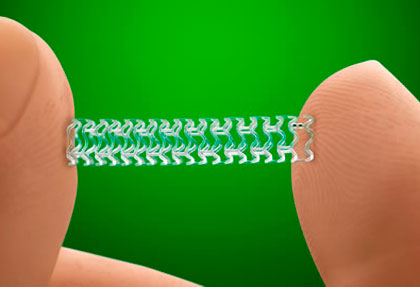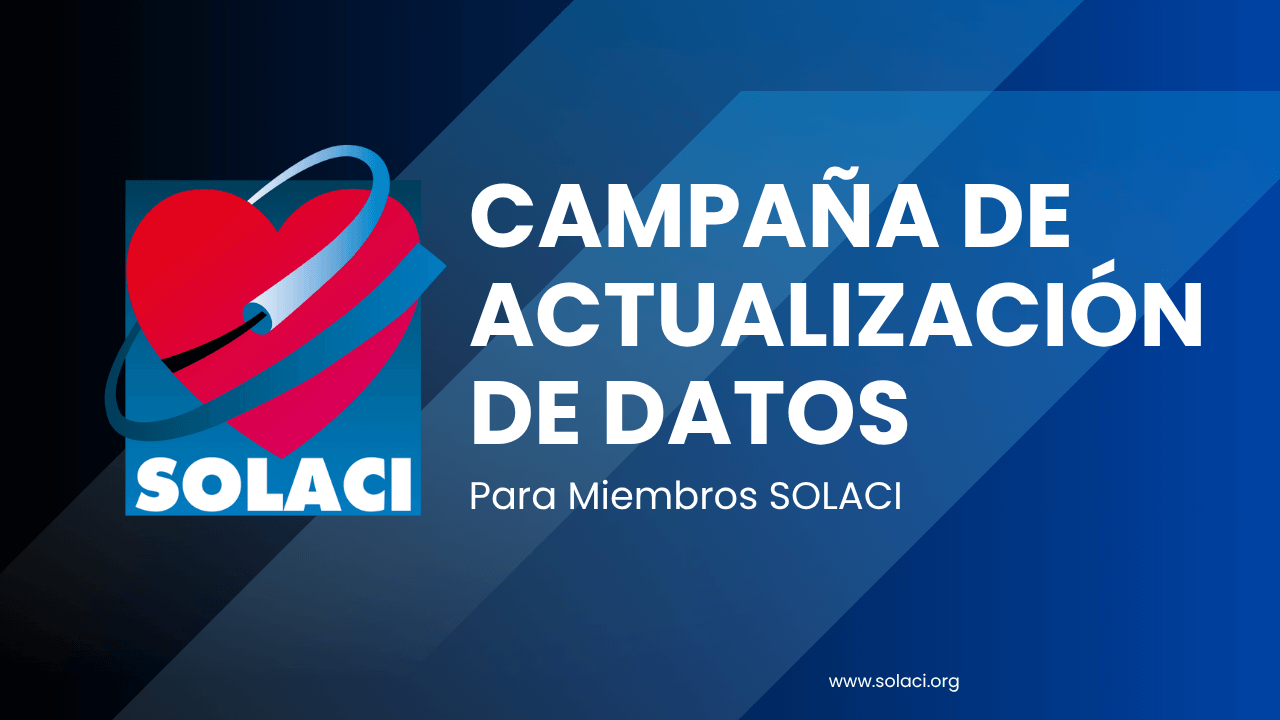Abbott Vascular is to stop selling their everolimus eluting bioresorbable scaffold across the globe on September 14, 2017. This decision was prompted by low commercial sales.
At the time, this revolutionary technology offered patients the chance to avoid a permanent implant in their coronary arteries. However, it has clearly failed to meet the market’s expectations. Despite this decision, Abbott will most likely continue to work on enhancements. In fact, all clinical studies on Absorb patients are still to assess its safety once the device has dissolved.
This decision applies to all countries (not just the US), and affects both the Absorb and the Absorb Gt1.
Read also: «AIDA: bioresorbable scaffold thrombosis still a concern in studies».
Physicians will eventually continue to use this device as long as it remains available in the cath lab (in contrast with the EU, where only authorized centers with ongoing studies can use it).
For Abbott, the Xience scaffold will continue to be their portfolio cornerstone, which is why their efforts focus on their next generation stent, called “Xience Sierra”.
Absorb represented for Abbott less than 1% of sales worldwide, which is why product discontinuation is inevitable. The second generation currently in process could offer a much lower profile and a far simpler device.
Get the latest scientific articles on interventional cardiologySubscribe to our weekly newsletter
We are interested in your opinion. Please, leave your comments, thoughts, questions, etc., below. They will be most welcome.






